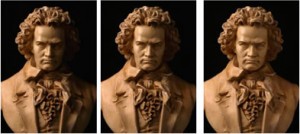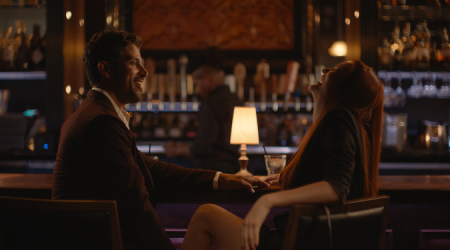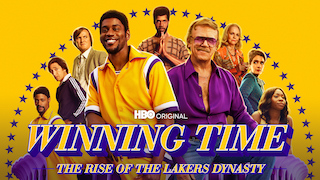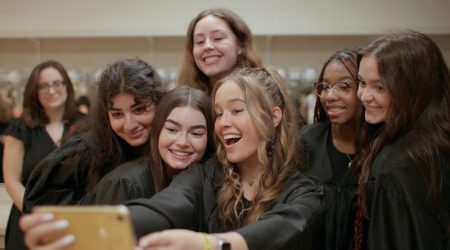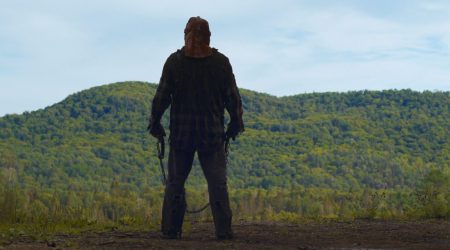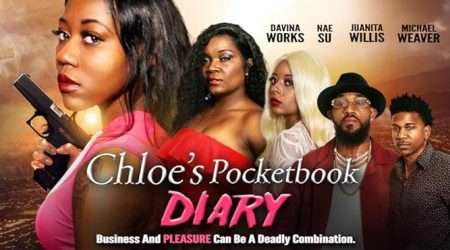Getting to the point, I believe you should always start with you key light. The keylight is usually the most important light in your composition. It is the light that illuminates your actor’s face and brings out the emotion of a scene. Other lights revolve and evolve from you keylight. The keylight lets you know your base for lighting ratios.
The same sculpture with 8:1 4:1 and 2:1 lighting ratios.
Why start with the keylight? When filming, it’s a good practice to first compose your shot with the camera, then begin lighting. You don’t want to light an entire area that won’t be seen in camera. Some cinematographers prefer to light the area instead of the subject. Depending on the project and assuming you understand the light you are working with, this method could potentially work better for you. Understanding the quality of light is just as important as understanding the quantity of light.
In the upcoming weeks, i’ll continue to elaborate on lighting a scene from beginning to end. Here is what you can expect: I’ll be talking about Fill light, which gives a more dramatic feeling. Backlight, which can be used to separate actors from the background or using backlighting for silhouettes. Foreground, Background, and accent lighting. Understanding Lighting Ratios. The Basics of Lighting, Quality vs. Quantity and Creating depth in your compositions.
